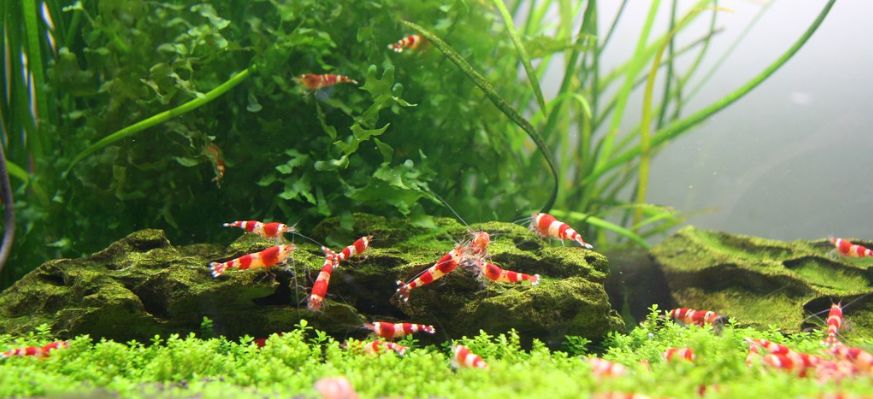
The “salt” (elemental) analysis of different biotope waters can be left to the perfectionists among us. They aren’t that important unless you are using RO water or distilled water.
RO Water
RO (reverse osmosis) water does typically need some addition of salt. This is to provide freshwater fish with the osmotic pressure that allows them to keep the potassium and sodium salts they need inside their bodies. Very rarely there are tap waters which have the composition of RO water and need to be corrected.
The way to determine this is by total dissolved solids (TDS). Total dissolved solids can be measured with small cheap electronic meters. If the TDS is lower than 50 the water probably needs the addition of some salt. Note that RO membranes decline in performance over time. So if TDS is NOT less than 50 one doesn’t need to add any salt at all. If one only has a meter which measures microseimens, multiply microseimens (EC (μS/cm)) by 0.55 to get an approximate ppm TDS (sodium chloride) equivalent.
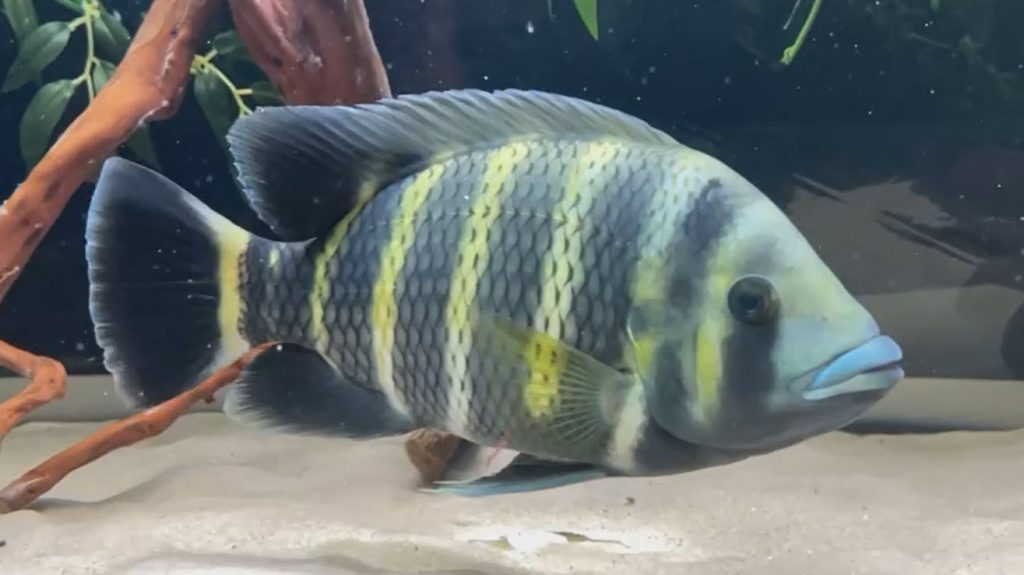
For reference average TDS values are: 7 mg l-1 (ppm) for rainwater and 118 mg l-1 (ppm) for a typical river water. Blackwaters in Northern South America are roughly 20 to 30 mg l-1 (ppm). Most fish not from the blackwater will have a difficult time in Blackwater because of this.
0.38 grams of any salt is 1 ppm in a 100 gallon tank. To get 50 ppm (50 TDS) of salt one needs 19 grams in 100 gallons. That is roughly 5 grams salt in 25 gallons. A teaspoon is roughly 5 grams of salt.
If one has RO water or very soft (<50 TDS) tap water it is a good idea to simply add one level teaspoon of table salt per 10 gallons of change water. If this is added to distilled water a TDS of about 120 will result. Note that it is a myth that table salt is bad for fish. The anti-caking agent added is a tiny amount of a harmless chemical as is the iodide. Does one actually propose that a type of salt everyone on earth eats constantly is going to poison fish?
This salt addition is very flexible. One can add table salt, aquarium salt, baking soda, Epsom salt, or a mix of all of them. The important thing is to get the TDS above 50. What “salt” is used is immaterial.
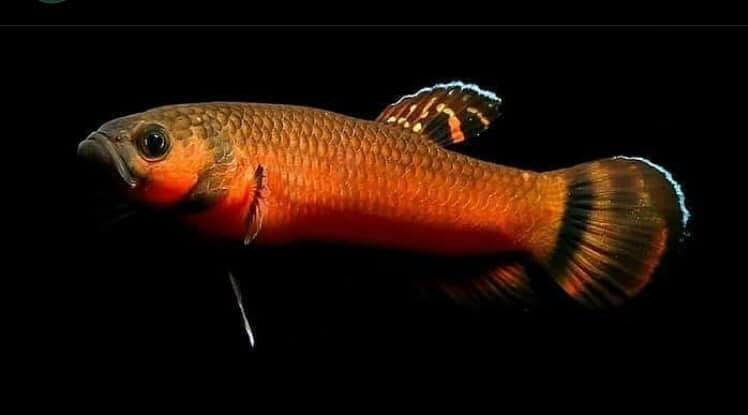
Another very easy way to treat RO water is to simply add some crushed coral in a bag to the filter. This has the added advantage that is buffers the water to a very good pH of 7.6 to 7.9. I used to do this in all my tanks even though I didn’t use RO water.
In the alternative, if one is a real stickler for perfection, add the following together:
- 10 grams of Epsom salts (magnesium sulfate)
- 10 grams of Calcium Sulfate dihydrate (easily obtained from Amazon)
- 5 grams table salt (sodium chloride)
- 5 grams baking soda (sodium bicarbonate)
Mix well. Add one level teaspoon of this mixture per ten gallons of RO water.
This is totally unnecessary. But it is easy to do, very cheap and has no downside. So many like to do it to their aquariums irregardless of the composition of the tap water they are using. This is perfectly fine and won’t hurt any fish. This composition is much better (and MUCH cheaper) than using commercial salts.
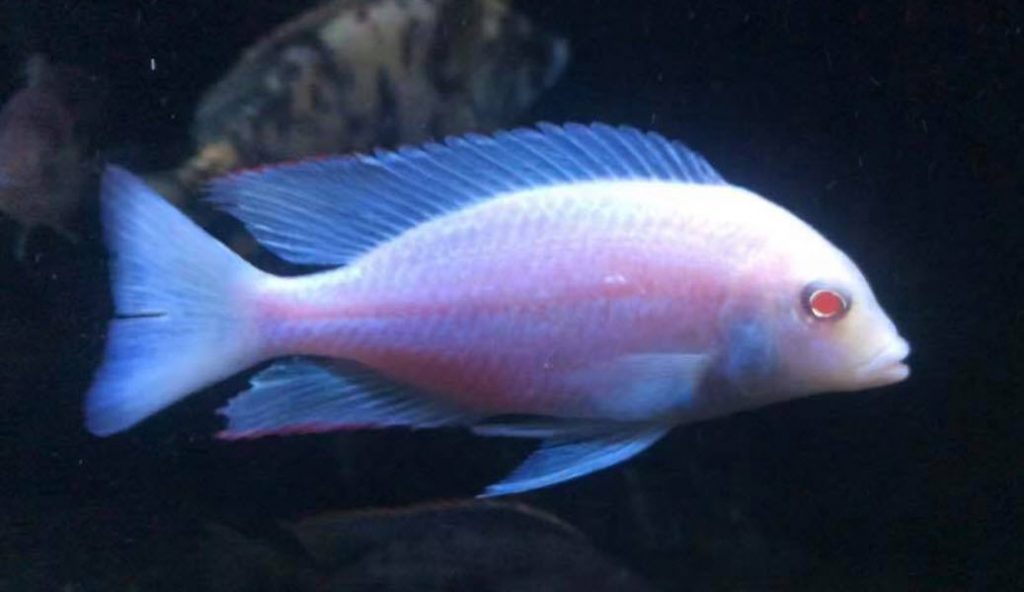
Distilled Water
Distilled water is ultra-pure water with NO salts at all in it. It is deadly for fish. If a fish is put in a tank of distilled water the distilled water will pull all the salt out of the body of the fish. Since fish require a level of salt in their body about one fifth the level in seawater the fish will rapidly die. Distilled water MUST have some level of salt given back to it. Two teaspoons of table salt per twenty five gallons will do the trick. You can also use the formula above.
Softened Water
There is a myth that softened water will kill fish. Some fish need to get some calcium and magnesium from their water through their gills for optimum growth. If they are put in water with no calcium or magnesium at all (lower than 2 ppm or one tenth of a degree of general hardness) they suffer from slightly slower growth as they must get all their calcium and magnesium from their food. But they are not unhealthy or dying.
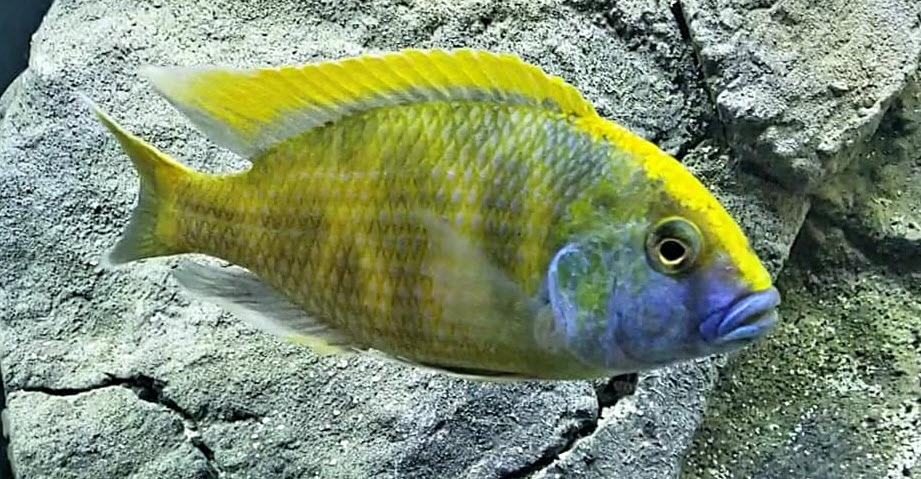
Salts by Biotope
Normally one does not need to change the salt composition of the water for any particular type of freshwater fish. As long as there is some salts most fish do very well. But in case you happen to be a perfectionist here are the typical salt concentrations found in natural waters for different types of fish:
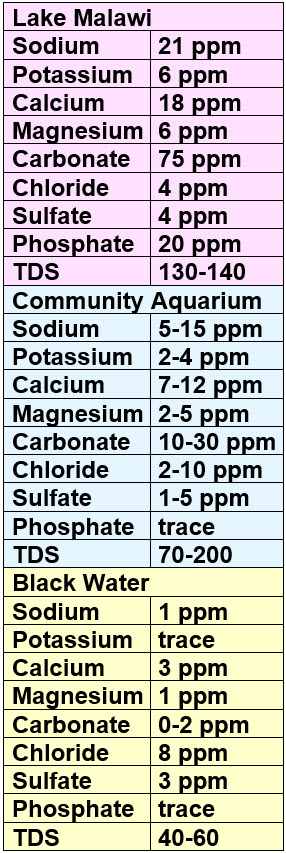
Note that there are all sorts of myths surrounding salts. For instance, social media will tell you that you must keep livebearers in water with added salt in it. Livebearers do just fine in almost any concentration of salt and should be considered community fish.
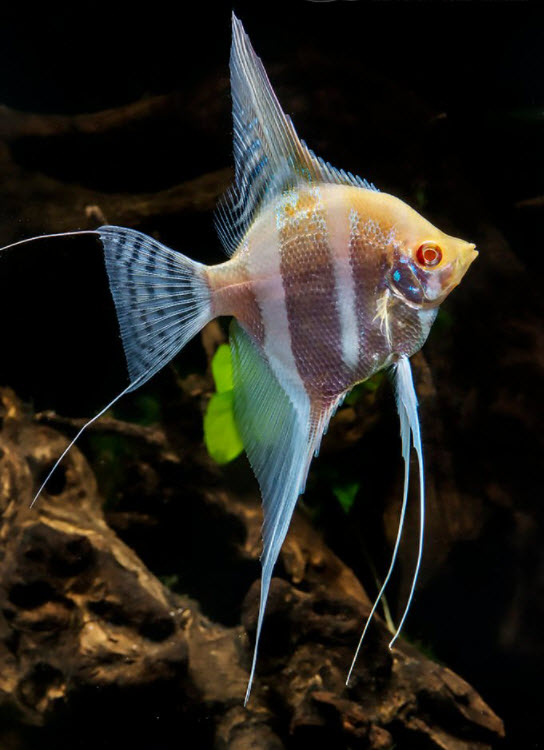
TDS or “Total Dissolved Solids”
There are some websites that key on on the amount of salts in the water as determined by total dissolved solids (TDS) measurements. They say that if you take a fish from water that has a TDS of 50 (50 ppm) and put it in a water such the water of Lake Tanganyika, which is 300 TDS (300 ppm), the fish will suffer and die in a few days. They say this is because of “osmoregulatory shock”.
Sounds good since a jump from 50 to 300 is obviously very significant, right? Wrong. The cells inside the gills of a fish have a TDS of 9,000 (9,000 ppm), which makes 50 to 300 an insignificant jump. And the cell walls of all animals have something called a “bi-lipid layer” which is very effective in keeping out anything ionic such as salts. So even going from 50 to 1000 will not kill a fish.

Salt levels much higher than 1,000 are often used to kill external parasites on fish with no damage to the fish. Salt baths are commonly used to treat fish at the salt concentration of sea water, or 35,000 ppm.
Identifying “total dissolved solids” as “milligrams per liter” or “parts per million” is actually somewhat ambiguous. The measurement should be called “total dissolved salt” since that is what a TDS meter measures. If one evaporates a liter of water and weighs the residue remaining, one can calculate the actual TDS. But “TDS” in an aquarium is normally measured by measuring the conductivity. This can give somewhat different results.
This is only accurate if the only “solid” in the water is sodium chloride. TDS is a measure of the electrical conductivity of such a solution of sodium chloride. If the salt is magnesium sulfate or if the solid is something like humic substances (which are non-conductive dissolved substances), the numbers can be off. So TDS is only a rough number, especially in freshwater. But since TDS is immaterial and unimportant, who cares?

Too “High” a TDS?
I commonly see comments like “My tap water is crap with 700 TDS. How much RO water should I use to bring it in line?” The answer is simple: “None”. Most tap water for drinking is just fine for fish including waters with TDSs up to 1,000 ppm.
I always find it interesting that the common practice of adding two to four tablespoons of salt per 10 gallons to an aquarium is widely accepted as a “general tonic very beneficial to all fish”. This is a level of 600 to 1,200 TDS. While this practice is not effective (it isn’t a “general tonic”), it is a harmless practice and doesn’t harm the fish. As long as the pH is less than 8.6 most adult fish will do just fine at even 1,000 TDS.
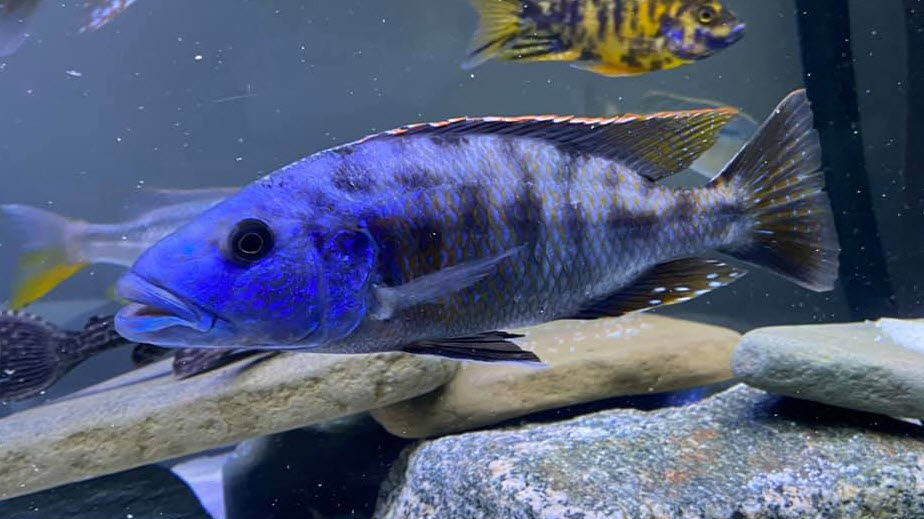
The Myth that Amazon Fish are Sensitive to Salt
One thing should be noted here. Many believe corydoras and other Amazon fish are sensitive to salt. This is simply a myth. A very well run study at the University of North Carolina proved that salt is not detrimental to corydoras (“Salt Tolerance in the Callichthyid Catfish (Corydoras aeneus)”, Murphy and Lewbart, 2003). They took the salt level to 2,000 ppm with no problem being seen in corydoras. This 2,000 level was confirmed on three species of corydoras by Mol (“Effects of salinity on distribution, growth and survival of three neotropical armoured catfishes”, (Siluriformes—Callichthyidae)”, Jan H. Mol, 1994)

Seachem Equilibrium and Cichlid Lake Salt
There is a Seachem product called “Equilibrium” to add back in salts to RO water in freshwater tanks. This product is potassium sulfate, calcium sulfate, magnesium sulfate, ferric sulfate, manganese sulfate. The ferric and manganese are only in very small amounts. This is a decent addition for adding back in salts but why pay the money when it isn’t needed. Table salt or any of the mixtures on this page will work just as well and cost a WHOLE lot less.
There is another Seachem product called “Cichlid Lake Salt”. Note in the above chart the low amount of chloride in Malawi Lake water (lower than the Amazon!). A lot of people think Lake Malawi fish like salt (sodium chloride). This isn’t true. Seachem “Cichlid Lake Salt” is largely chlorides so why would one use it with Lake Malawi fish?
Then there are a series of “trace” products that are put out by Seachem. These products are garbage. More about these products can be found at this link:
4.6.1. Trace Additives

Malawi Water
Salts, pH, TDS, buffering (KH) or hardness (GH) are simply not very important in the Malawi aquarium. But if one is a perfectionist and has a Malawi aquarium, you can add the following together:
- 3 grams salt substitute (potassium chloride)
- 10 grams of Epsom salts (magnesium sulfate)
- 10 grams of calcium sulfate dihydrate (easily obtained from Amazon)
- 20 grams baking soda (sodium bicarbonate)
Mix well. Add two teaspoons per ten gallons of RO or neutral soft change water. This should typically give about a 7.6 to 7.9 pH after a week or so. This duplicates the water chemistry of Lake Malawi very closely. There is no objective science which justifies this addition. But it is easy to do, rapidly effective, very cheap and has no downside. It buffers and stabilizes the aquarium much better than something like “Malawi Buffer” or “Lake Salt” and is much cheaper.

Note that the easiest and the most effective addition one can make to duplicate Lake Malawi water is to simply add per 10 gallons:
- 2 teaspoons baking soda (sodium bicarbonate)
The Epsom salts and Plaster of Paris cause white deposits to build up at the waterline on a aquarium and are undesirable. The potassium addition is also typically unnecessary.
Lake Malawi fish are delved into in more depth in this link:
17.4. Malawi Fish
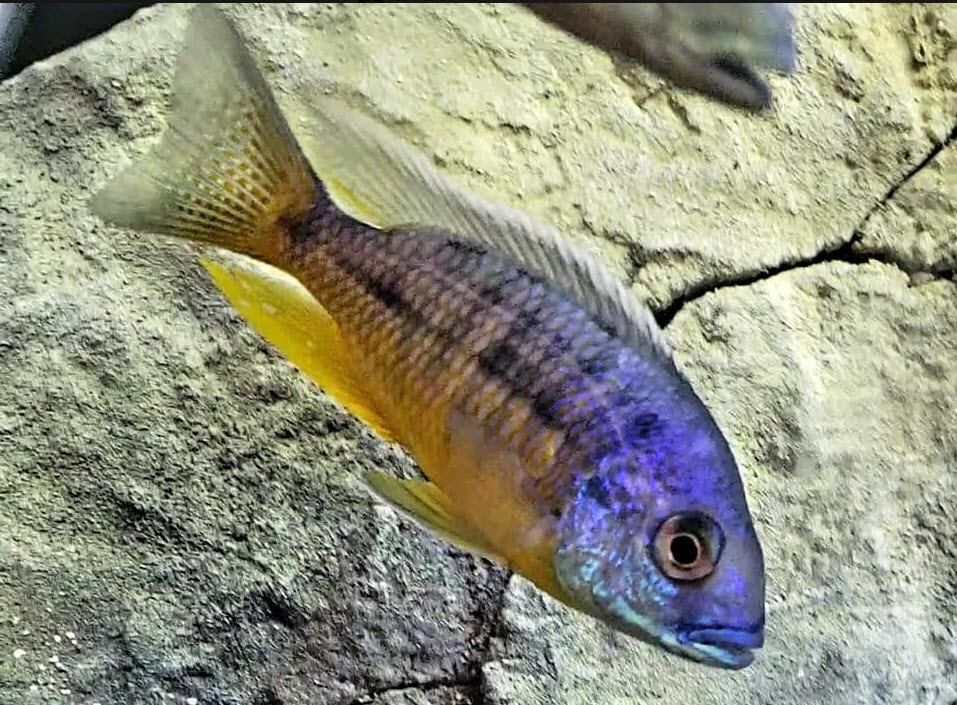
Return to Temperature, pH, KH and GH
.
Aquarium Science Website
The chapters shown below or on the right side in maroon lead to close to 400 articles on all aspects of keeping a freshwater aquarium. These articles have NO links to profit making sites and are thus unbiased in their recommendations, unlike all the for-profit sites you will find with Google. Bookmark and browse!
.

Dave says
In reply to Jeremy …. Nope, no perfectionist mix for blackwater. I have no idea what the salts are in blackwater.
Jeremy says
Hi Dave,
Thanks for your work on this.
Do you have a perfectionist mix for black water fish? Eg discus, clown loaches. I’m not sure if it’s worth my effort though?
My tap water is usually a tds of 200-250, pH 7.8. Most tanks I use straight tap water, unless I’m expecting or nurturing eggs.
I usually mix in RO to get a tds to 80 in that case.
I also run pressurised co2 in some planted tanks.